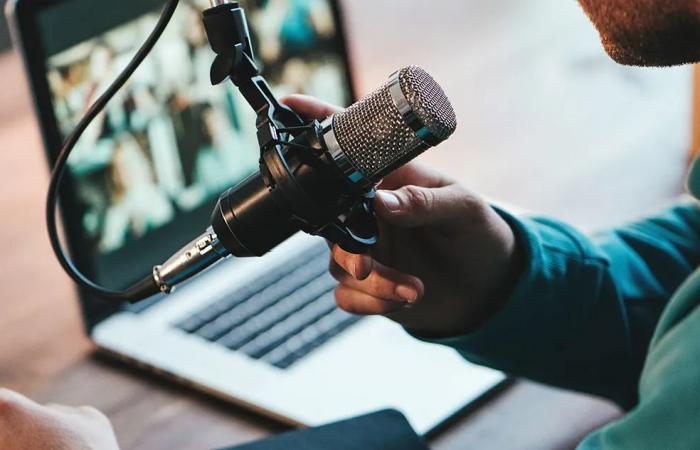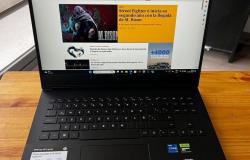With more than 424 million listeners around the world learning, being entertained and getting to know themselves better thanks to podcasts, it seems that this medium has always been with us; especially in Spain, where 60% of the population listens to podcasts, according to data from GfK DAM.
However, ten years ago, the podcast was an unknown world for the vast majority. Then, a brave few began to see the possibilities of the format beyond its origins as an online version of traditional radio, and began to create specific programs for the medium. We say brave because the industry did not exist as such, much less did it have an income model for creators. If you were a podcaster then, you had little or no chance of receiving compensation for your efforts and even if you had a consistent listener base, you were labeled as “somewhat niche.”
In 2014, the Swede Johan Billgren was one of those brave men. As in addition to being a podcaster he was an engineer, he dedicated countless hours from a small room in Stockholm to devising a technology that would make it easier for creators to make money with their podcasts. That’s how dynamic ad insertion technology was born, and that’s how, that same year, Acastfounded by Billgren himself and two other co-founders.
How dynamic insertion works
Dynamic Ad Insertion (DAI) technology replaces the more cumbersome and less efficient method of manually inserting ads, known in industry jargon as “baked in.” While baked-in ads stay in the episode forever, with DAI, advertisers can change which ads are inserted into podcast episodes. based on the audience they want to target, or to include new messages or products, regardless of how long ago the episode was originally published.
Every time a person listens to a podcast – whether it’s a new episode, an old episode, or one they’ve already heard – we inject a set of individually tailored ads and sponsor reads, placed into the episode stream in real time. This means that, for example, two listeners listening to the same episode at the same time can hear different ads. Thus, we can offer millions of parallel listeners their own combination of ads in the fraction of a second it takes them to press “play.”
Ads dynamically inserted by Acast can be heard on all listening platforms and apps available on the market. This way, advertisers can reach audiences through each listener’s chosen app, rather than being limited to small groups of people using a specific platform. And creators make money from all the listening and downloads their content receives around the world.
Today, the dynamic ad insertion pioneered by Acast is an industry standard. All creators, regardless of their size, have the opportunity to monetize their content. All advertisers, whatever their product or service, can serve their messages to the right audience, Whether you’re on a podcast with hundreds of thousands of listeners or a small show that speaks directly to the niche you want to target. In a nutshell: dynamic insertion has democratized monetization.
The story of Acast is the story of the birth and growth of the podcasting industry, to which we are proud to have contributed with the technology that has turned the podcast into a full-fledged medium for digital advertising. According to the IAB, digital audio will reach $7 billion in advertising revenue globally by 2023.with an impressive year-on-year growth of almost 19%, the most meteoric of all existing digital media.
Notice to navigators: dynamic insertion is NOT synonymous with programmatic
One of the most widespread mistakes in the podcast industry is calling dynamically inserted ads “programmatic” ads. One thing is not synonymous with the other. Podcast advertising messages can be purchased directly or programmatically. In any case, Acast will dynamically insert them into the podcast or set of podcasts agreed with the brands as the best for their target.
Both direct and programmatic buying have their own advantages, depending on the campaign objectives. The important thing to remember is that dynamic insertion will make it possible to insert ads into any season, episode, and segment of any podcast, whether in the last published episode or in the program archive.







